10 Intriguing Reasons Why Yawning Is So Contagious (Backed by Science)
Yawning is a curious and ubiquitous behavior observed across the animal kingdom, yet its contagious nature remains a compelling mystery. The phenomenon of yawning spreading like wildfire, particularly among humans, has intrigued scientists for centuries. This article delves into the top 10 surprising scientific answers to why yawning is so contagious. We will explore various theories, from social bonding to neurological triggers, and examine the intricate interplay of biology and psychology. As we unravel these layers, we will gain a deeper understanding of this seemingly mundane yet profoundly complex behavior.
1. The Social Bonding Theory

One of the most prominent theories is that yawning acts as a social bonding mechanism. This theory suggests that yawning serves to synchronize group behavior, promoting cohesion and communication within social animals, including humans. When one individual yawns, it triggers a chain reaction, signaling a shared state of alertness or relaxation. This social aspect of yawning is particularly evident in primates, where it may help strengthen social ties and foster group unity. The contagious nature of yawning, therefore, is not merely a reflexive action but a sophisticated social tool that enhances group dynamics.
2. Empathy and Mirror Neurons
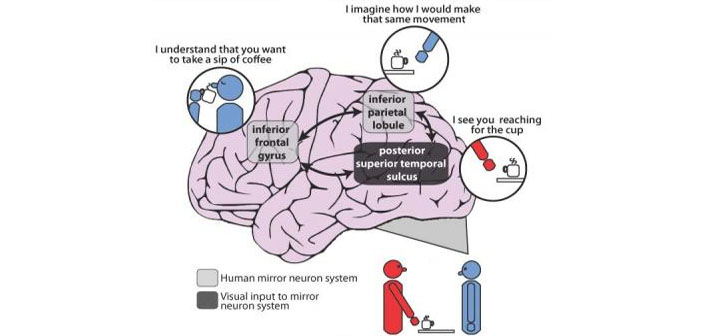
Closely related to social bonding is the role of empathy in contagious yawning. Research indicates that individuals with higher levels of empathy are more susceptible to contagious yawning. This connection is believed to be mediated by mirror neurons, specialized brain cells that fire both when an individual performs an action and when they observe the same action performed by another. Mirror neurons facilitate the understanding of others' emotions and actions, making yawning a form of empathetic response. This neurological foundation underscores the idea that yawning is not just a physical act but a shared emotional experience.
3. The Role of Oxytocin
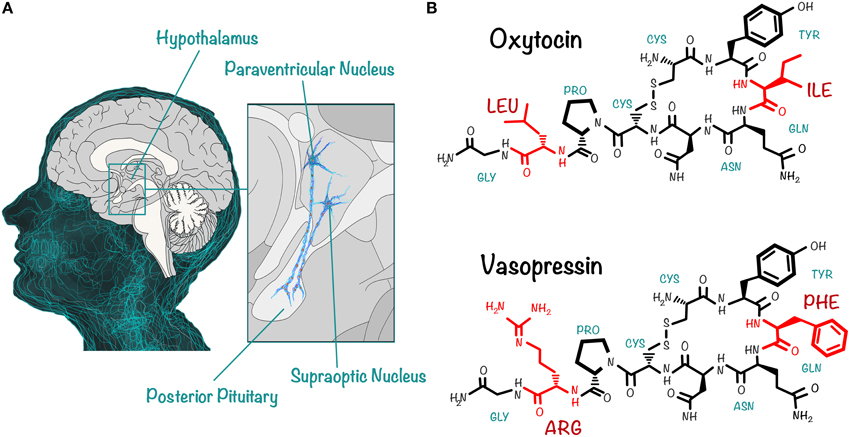
Oxytocin, often dubbed the "love hormone," plays a significant role in social interactions and bonding. Recent studies have suggested that oxytocin may also influence the contagious nature of yawning. The hormone is known to enhance the perception of social cues and increase empathy, which could explain why yawning spreads more readily among individuals with strong social connections. By promoting a sense of trust and intimacy, oxytocin may facilitate the transmission of yawning as a social signal, reinforcing the bonds between individuals.
4. Evolutionary Perspectives

From an evolutionary standpoint, contagious yawning may have developed as a survival mechanism. In ancient times, synchronized yawning could have served as a signal for group vigilance, alerting members to potential threats or changes in the environment. This collective alertness would have been advantageous for early humans and other social animals, enhancing their chances of survival. The evolutionary perspective suggests that contagious yawning is an adaptive behavior that has persisted because it contributes to the overall fitness of social groups.
5. The Thermoregulatory Hypothesis
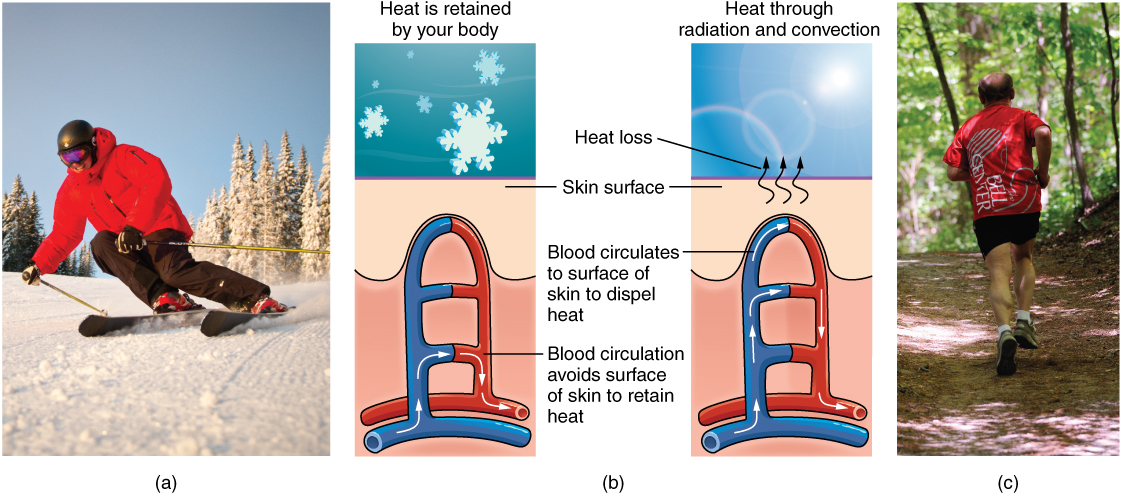
Another intriguing explanation is the thermoregulatory hypothesis, which posits that yawning helps regulate brain temperature. According to this theory, yawning increases blood flow and facilitates heat exchange, cooling the brain and maintaining optimal cognitive function. The contagious aspect of yawning could be a mechanism to ensure that all members of a group maintain an ideal brain temperature, thereby enhancing collective cognitive performance. This physiological function highlights the complex interplay between biology and behavior in the phenomenon of contagious yawning.
6. Neurological Triggers and Brain Networks
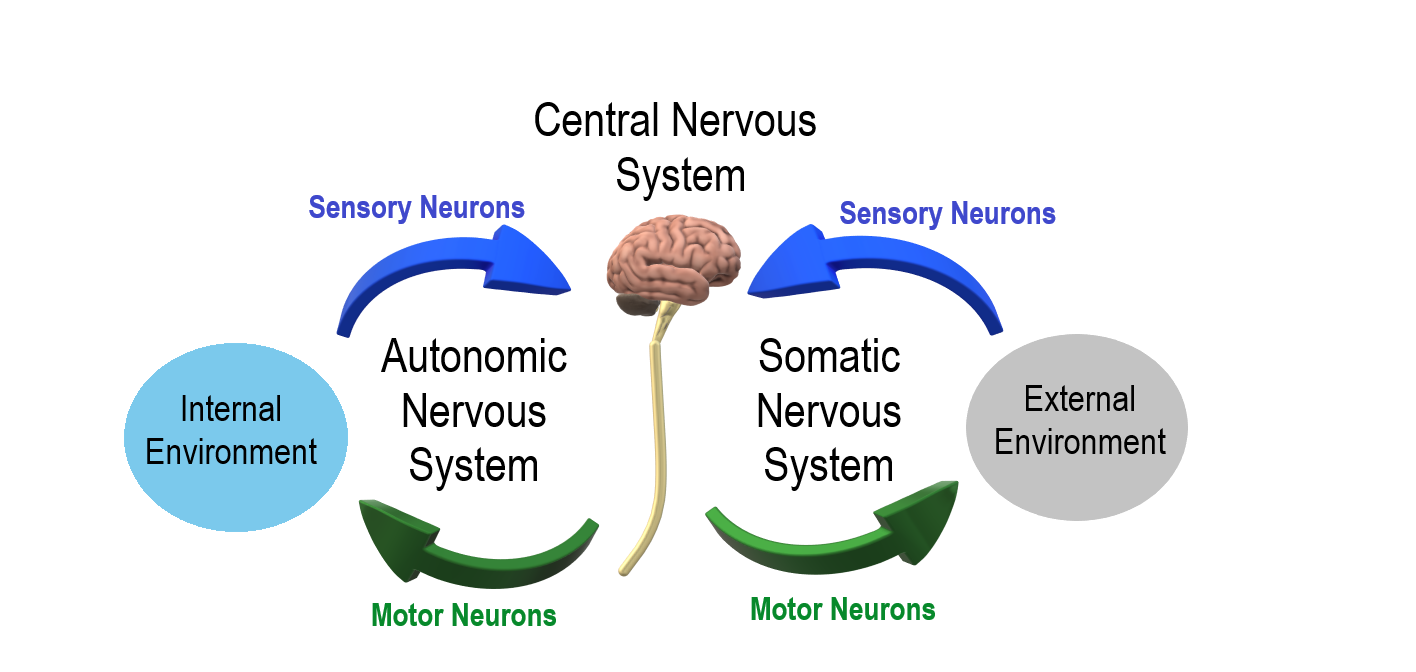
Yawning is controlled by a network of brain regions, including the hypothalamus, brainstem, and motor cortex. These areas are involved in regulating arousal, sleep-wake cycles, and social behaviors. Neurological studies have shown that the activation of these brain networks can trigger yawning and its contagious spread. The synchronization of neural activity across individuals may facilitate the transmission of yawning, highlighting the intricate connections within the brain that underpin this behavior. Understanding these neurological triggers provides insight into the fundamental mechanisms of yawning and its contagious nature.
7. Psychological Factors and Stress

Psychological factors, such as stress and anxiety, can also influence the contagiousness of yawning. During periods of heightened stress, individuals may be more prone to yawning as a means of regulating arousal levels and promoting relaxation. The contagious spread of yawning in stressful situations may serve to synchronize group emotions, reducing tension and fostering a sense of calm. This psychological perspective suggests that yawning is not only a physical reflex but also a coping mechanism that helps manage emotional states within social groups.
8. The Impact of Sleep and Fatigue

Sleep and fatigue are closely linked to yawning, with tiredness often increasing the likelihood of yawning. When one individual yawns, it may signal to others that it is time to rest or sleep, promoting synchronized sleep-wake cycles within a group. The contagious nature of yawning in relation to sleep and fatigue underscores its role in regulating circadian rhythms and ensuring that social animals maintain a balanced and healthy sleep schedule. This connection between yawning and sleep highlights the importance of yawning in maintaining overall well-being.
9. The Influence of Visual and Auditory Cues
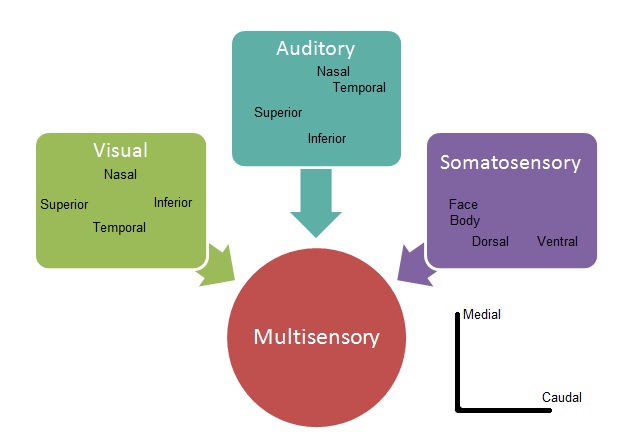
Contagious yawning is not limited to visual stimuli; auditory cues can also trigger yawning. The sound of yawning, like the sight of it, can elicit a yawning response in others. This multisensory aspect of yawning suggests that it is a robust and flexible behavior that can be transmitted through various channels. The ability to respond to both visual and auditory cues enhances the spread of yawning within groups, ensuring that the social and physiological functions of yawning are effectively communicated across different contexts.
10. Cultural Variations and Observations

Cultural differences can influence the perception and contagiousness of yawning. In some cultures, yawning may be considered rude or impolite, potentially affecting its spread in social settings. Conversely, in cultures where yawning is seen as a natural and acceptable behavior, it may be more readily transmitted. These cultural variations highlight the role of social norms and expectations in shaping the expression and contagion of yawning. Understanding these differences provides a broader perspective on how yawning functions within diverse social contexts.
Yawning is a multifaceted behavior with profound social, psychological, and physiological implications. Its contagious nature reflects a complex interplay of empathy, social bonding, and neurological processes. By examining the various scientific explanations for why yawning spreads like wildfire, we gain insight into the intricate mechanisms that govern human behavior. As we continue to explore this enigmatic phenomenon, we are reminded of the remarkable ways in which simple actions can reveal the depths of human connection and understanding.







